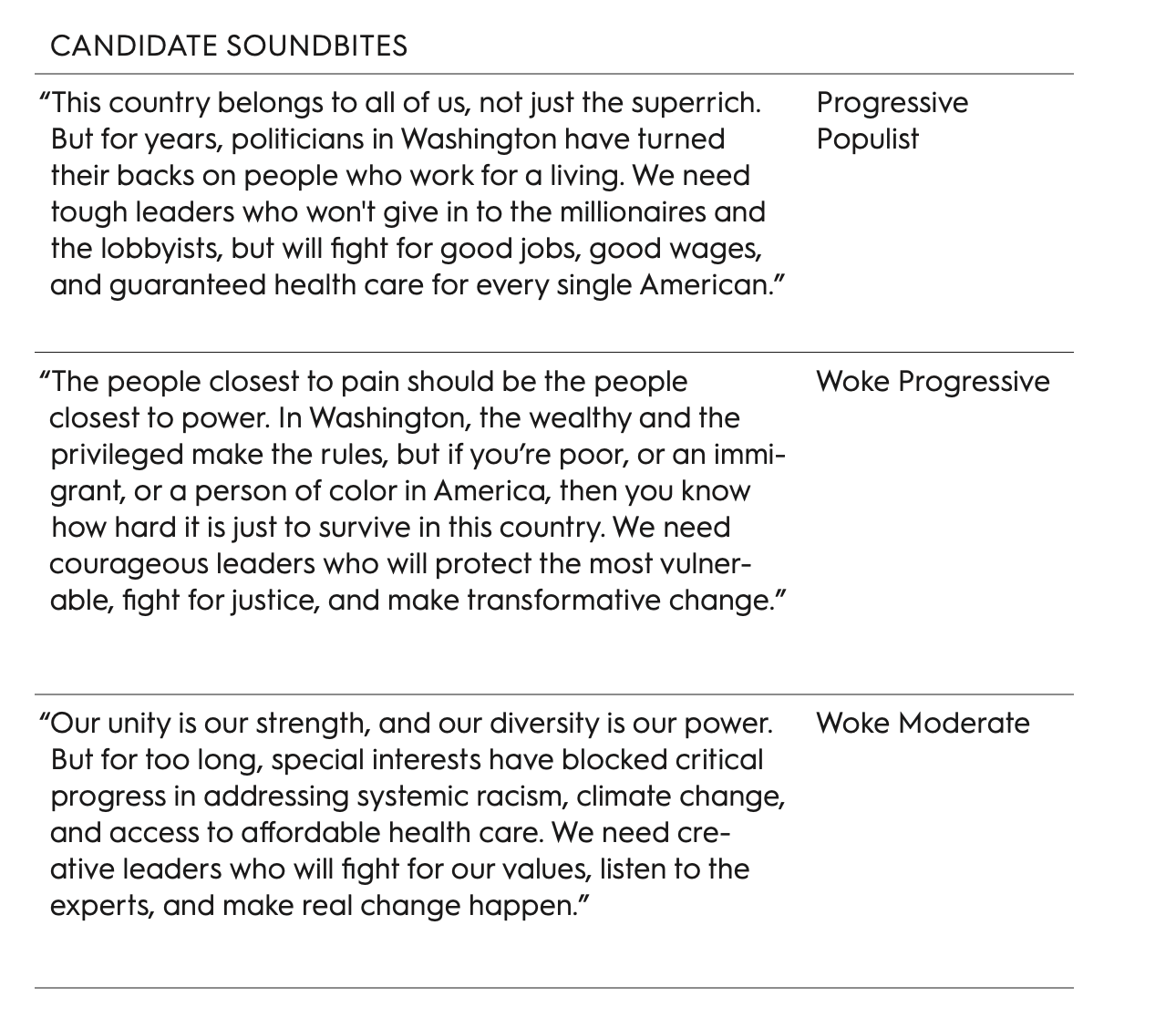Poynter - Should you trust media bias charts?: “These controversial charts claim to show the political lean and credibility of news organizations. Here’s what you need to know about them…Impartial journalism is an impossible ideal. That is, at least, according to Julie Mastrine. “Unbiased news doesn’t exist. Everyone has a bias: everyday people and journalists. And that’s OK,” Mastrine said. But it’s not OK for news organizations to hide those biases, she said. “We can be manipulated into (a biased outlet’s) point of view and not able to evaluate it critically and objectively and understand where it’s coming from,” said Mastrine, marketing director for AllSides, a media literacy company focused on “freeing people from filter bubbles.” That’s why she created a media bias chart. As readers hurl claims of hidden bias towards outlets on all parts of the political spectrum, bias charts have emerged as a tool to reveal pernicious partiality. Charts that use transparent methodologies to score political bias — particularly the AllSides chart and another from news literacy company Ad Fontes Media — are increasing in popularity and spreading across the internet. According to CrowdTangle, a social media monitoring platform, the homepages for these two sites and the pages for their charts have been shared tens of thousands of times. But just because something is widely shared doesn’t mean it’s accurate. Are media bias charts reliable?…”
People on Twitter get excited about terminology but what the Jacobin survey simply shows is that working-class voters—of all races!—prefer the top message to the bottom two. Seems like a relevant finding for anyone who wants to win working-class votes: jacobinmag.com/2021/11/common
How to win working-class votes
This 1985 Video Of Carl Sagan Warning Congress About Climate Change Is Sobering To Watch In 2021 Digg
Major pharmaceutical drug crops are a strange sight amongst the family farms and peanut crops of Queensland's South Burnett region.
Key points:
- Big Pharma has exploited the native plant Duboisia for its drug content for decades
- Farmers sign "controlling" and exclusive contracts to enter the secretive industry
- QLD's South Burnett region is a major global supplier of the motion-sickness drug hyoscine
This country town is a secretive centre for Big Pharma drug production and an alleged cartel
We could slip into being a corrupt country,” said Jonathan Evans, the former head of MI5 and the crossbench peer who chairs the Committee on Standards in Public Life, as he denounced the government’s bid to save Owen Paterson’s political career and neuter parliamentary regulation of paid lobbyists.
On the same day Chris Bryant, chairman of the Commons’ standards committee, said that what the Boris Johnson government was trying to do in overturning Paterson’s suspension was “a perversion of justice” and is “not what we do in this country – it’s what they do in Russia when a friend or a foe is suddenly under the cosh in the courts”.
But perhaps the government’s botched attempt to save Paterson’s skin – despite detailed evidence of him lobbying hard for the two commercial companies paying him £9,000 a month – is, on the contrary, exactly the way we now do things in the UK. Bryant’s analogy with Russia – he might have mentioned Iraq or Turkey or a score of other countries – may not be too far off the mark. Lord Evans is demonstrably correct about the slippage into corruption and wrong only about how far this process has gone.
The Corruption of the Political ClassCounterpunch
Secret real estate purchases are a driving force behind the offshore economy ICIJ
Robinhood Security Breach Exposes Data on Millions of Users Bloomberg
TikTok rescue: Girl got help using silent distress signal Associated Press


